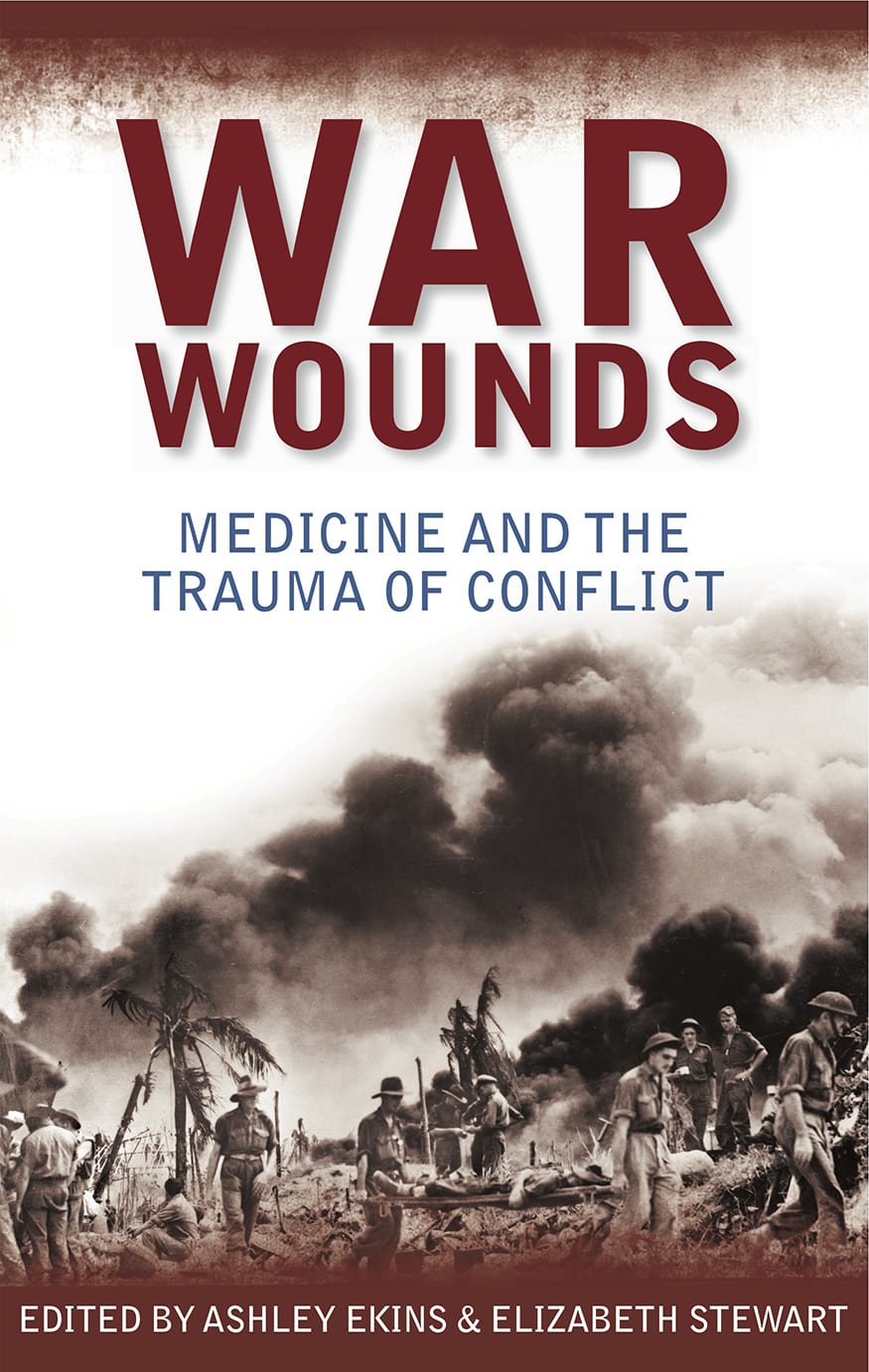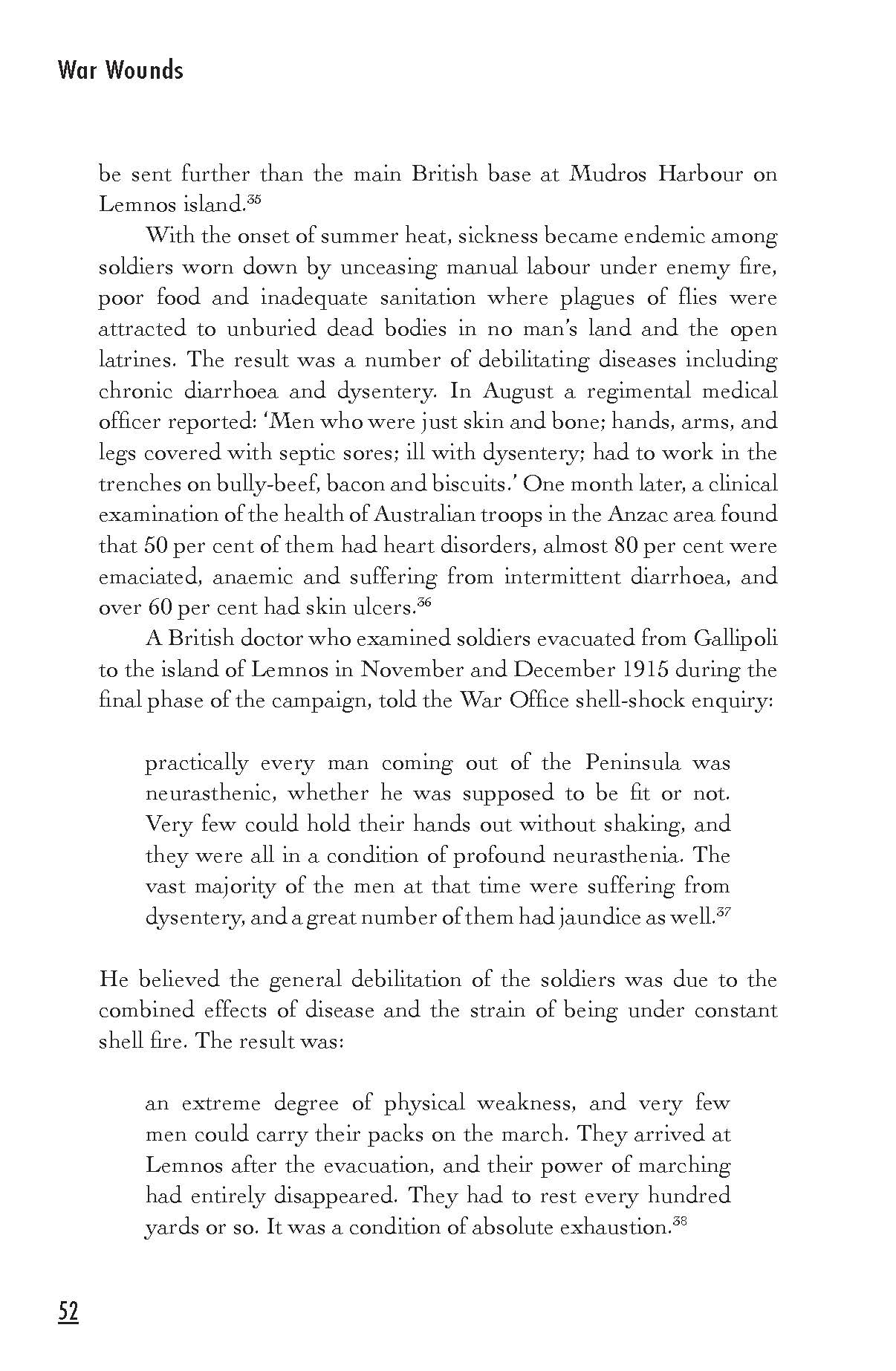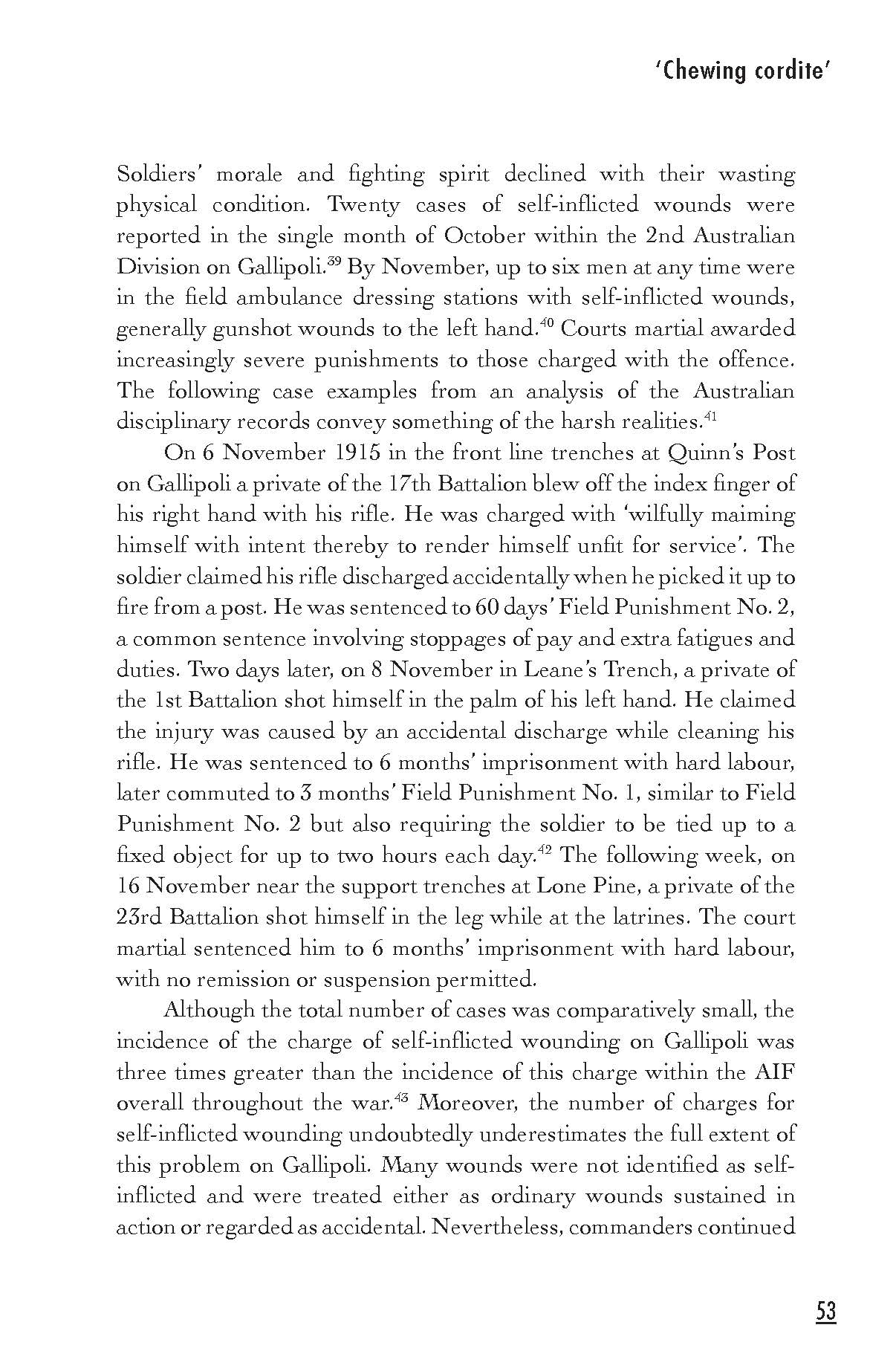Ashley Ekins is Head of the Military History Section at the Australian War Memorial in Canberra. He has published widely on the role of Australian soldiers in the First World War and contributed chapters to several books, including the volume he compiled and edited, 1918 Year of Victory: The end of the Great War and the shaping of history (Exisle 2010).
Elizabeth Stewart is a historian in the Military History Section at the Australian War Memorial. She worked for several years as a research officer on the Official History of Australia’s Involvement in Southeast Asian Conflicts 1948-75 and from 2004-8 was content leader for the Vietnam section of the Memorial’s Conflicts 1945 to today galleries.
The history of warfare and the history of medicine are closely intertwined. War has been an accelerator of advances in medical treatment and surgery. As modern weaponry became more destructive, medicine developed techniques and procedures to deal with the volume and nature of battlefield casualties. Preventative medicine has also increased the effectiveness of fighting forces through improvements in soldiers’ health and disease resistance.
This book is a collection of chapters by historians, medical practitioners and researchers, former and serving military medical officers, surgeons, nurses and veterans, who explore the impact of war, wounds and trauma through the historical record, reported narratives and personal experiences.
The book includes major sections on World War One (including chapters on shell shock and plastic surgery), World War Two (including a chapter on the Nazi death camps), the Vietnam War (including chapters on Agent Orange and sexually transmitted diseases), together with chapters on the Korean War and the current conflict in Afghanistan. In addition, the book includes several personal stories in which veterans describe their experiences of injury and recovery.
War Wounds is a truly unique book, which offers considerable insights into an aspect of war that is often mentioned but seldom examined as it is here. Medical professionals, military personnel and the general public will all find it a remarkably revealing read.




